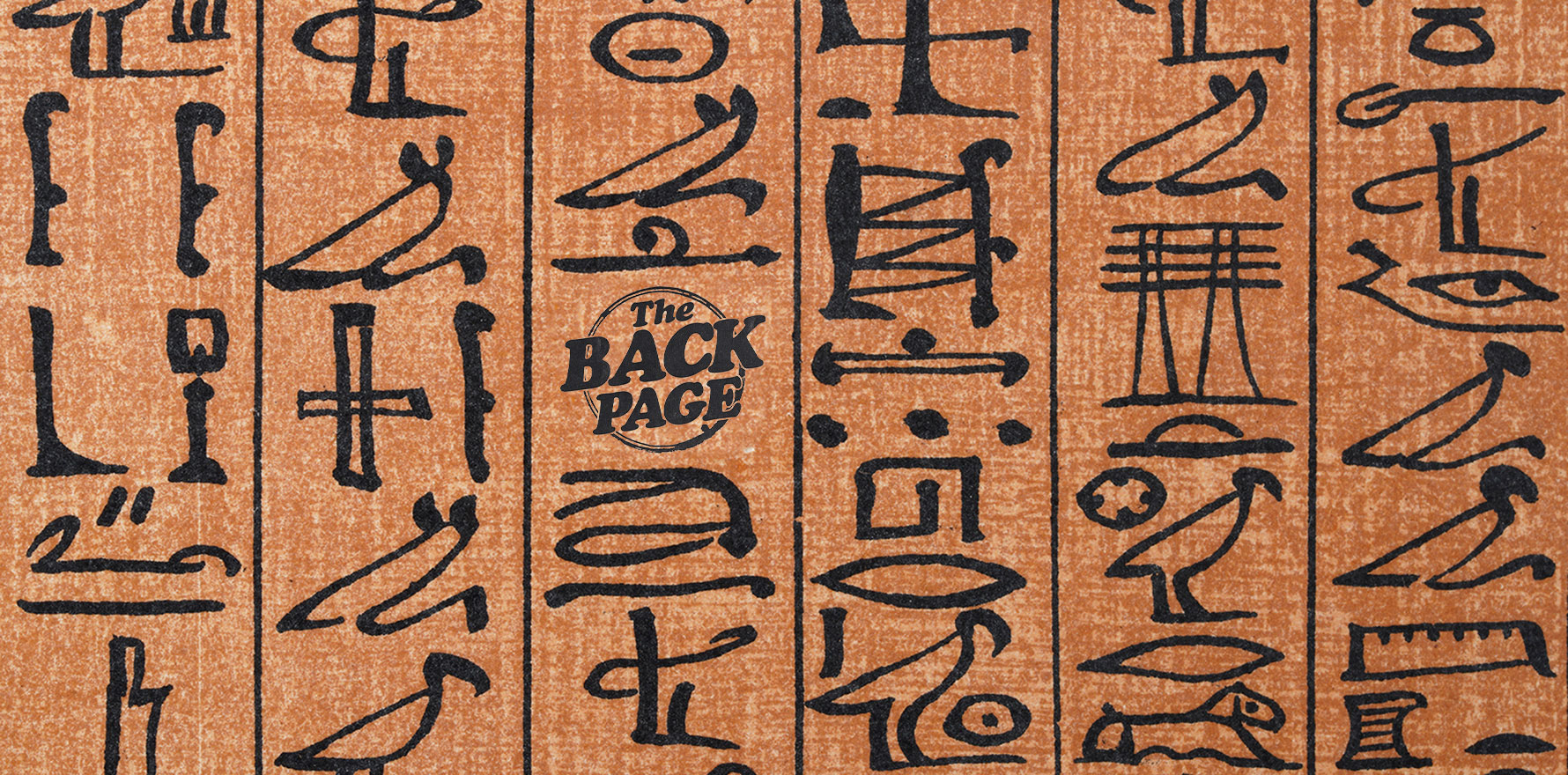If you or your patients suffer from occupational RSI, be grateful you weren’t making a living from writing 5000 years ago.
Your Back Page scribe always finds it touching when modern diagnostic methods are applied to ancient remains.
It may come far too late to help those impossibly remote and culturally alien beings, but it’s nice how it pinches together two vastly separated moments in our timeline, humanising both our forebears and the practitioners of medicine.
Not that y’all need humanising, or anything like that. Not at all. I should stop digging right there and leave that to the archaeologists, like the ones who unearthed 200-odd skeletons from the necropolis at Abusir, north of Cairo.
These bones were walking around nearly five millennia ago in the 5th Dynasty of the Old Kingdom (2700-2180BC), aka a bloody long time ago.
In this study published in Nature, a team compared the skeletons of 69 adult males of known social status, 30 of whom were scribes. These men would have written with rush pens on papyrus, ostraca (limestone flakes) or wooden boards, while cross-legged, kneeling/squatting or standing.
The team looked at more than 1700 items for possible occupational injuries, including degenerative and entheseal changes.
The small minority (68, or 3.75%) of these that showed significant between-group differences were in the cervical spine, the temporomandibular joint, the right shoulder, the right first metacarpal bone, the femoral medial condyle of the right knee, the left ischial tuberosity and the right talus.
Most changes took the form of our very old friend osteoarthritis.
“In a typical scribe’s working position,” the authors write, “the head had to be forward, and the spine flexed, changing the centre of gravity of the head and putting stress on the spine. An exaggerated dorsal kyphosis (round back) places the head ahead of the centre of gravity, increasing the cervical lordosis. The weight of the head in this position is borne by the apophyseal joints … In a sitting work position characterized by flexion of the whole spine to accommodate the eye-object distance to a horizontal working surface (as with scribes), the load moment for the C7-T1 motion segment induced by the weight of the head and neck increases 3.6 times … Prolonged cross-legged sitting could result in a significant increase of degenerative changes to the cervical spine among scribes.”
In a paragraph that makes the reader want to stand up and do some stretches, they note that little has changed in 5000 years: “The forward head posture with a flexed neck is a position characteristic of many of modern occupations.”
Some, but not all, of the differences could have scribes’ older age as a factor.
The loading of the shoulder area, they say, “may also be connected to the cervical spine, but the observed changes could also be related to a static sitting position with arms unsupported, such as during scribing. The development of OA of the right first metacarpal bone probably reflects pinch grip work, such as frequent gripping of the pen.”
The abundant OA in the temporomandibular joints of scribes, compared to the reference group, could be due to their need to chew their rush pens into useable shape, or in part to the “extreme loading” on the cervical spine.
There was more OA in the medial condyle of the right femur in scribes than in the reference group, which might be due to repetitive deep knee flexion in the scribes who worked kneeling. But most lower limb changes didn’t reach significance, the authors noting that many people probably kneeled to perform their daily jobs, not only scribes.
Some plausible work-related injuries were beyond skeleton analysis to reveal, such as the tendon/ligament conditions that affect the wrist: tendinitis and carpal tunnel.
The RR team is no stranger to the kind of problems associated with spending all day glued to a keyboard and monitor – one of us even straps their head to their chairback to avoid hunching.
It seems those of us in the communicative arts and trades have always suffered for the privilege.
Now stand up and do some neck rolls.
Send story tips in hieroglyphics, demotic and Greek to penny@medicalrepublic.com.au.


